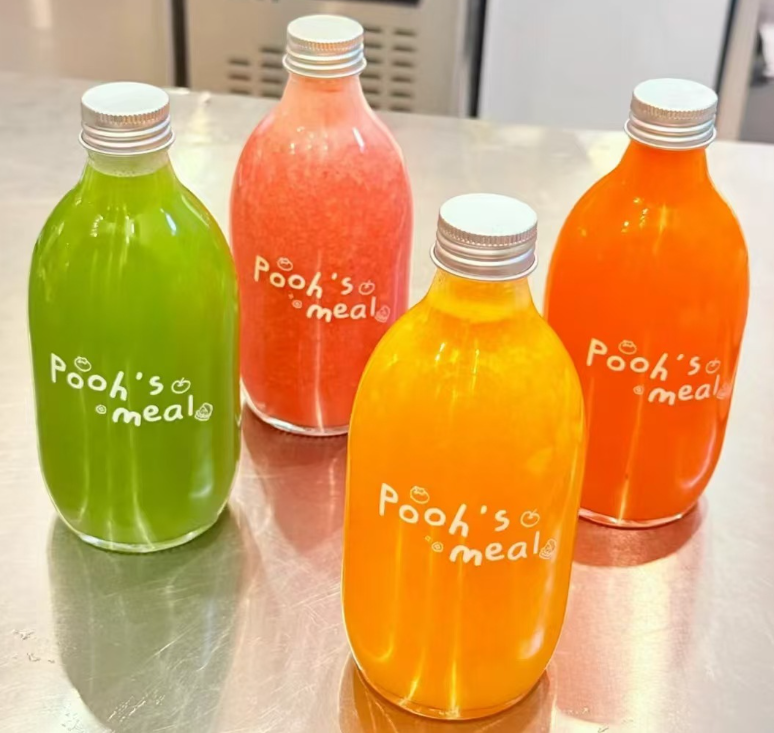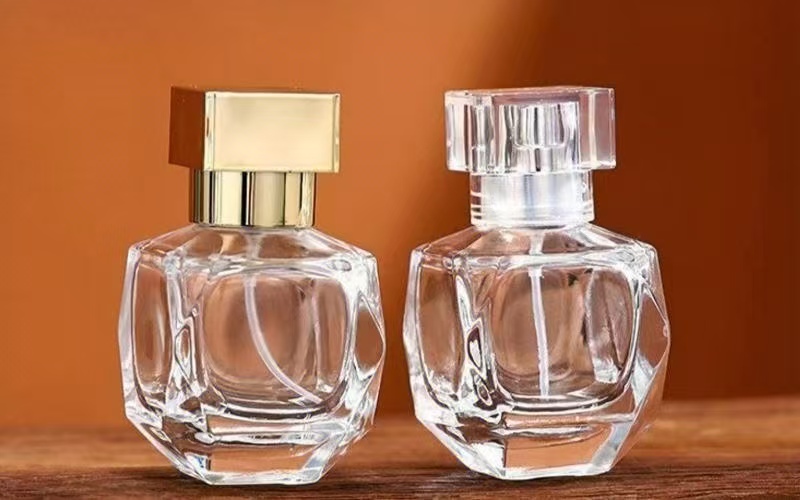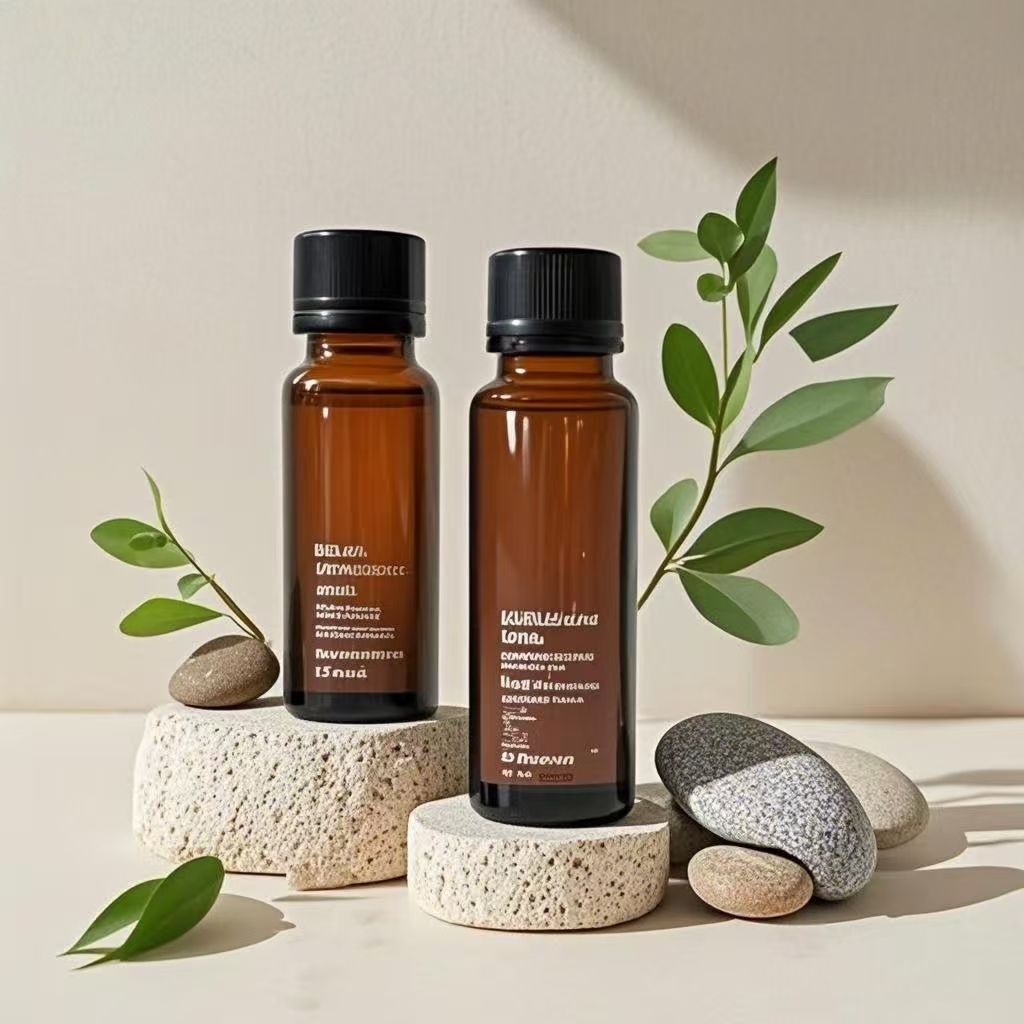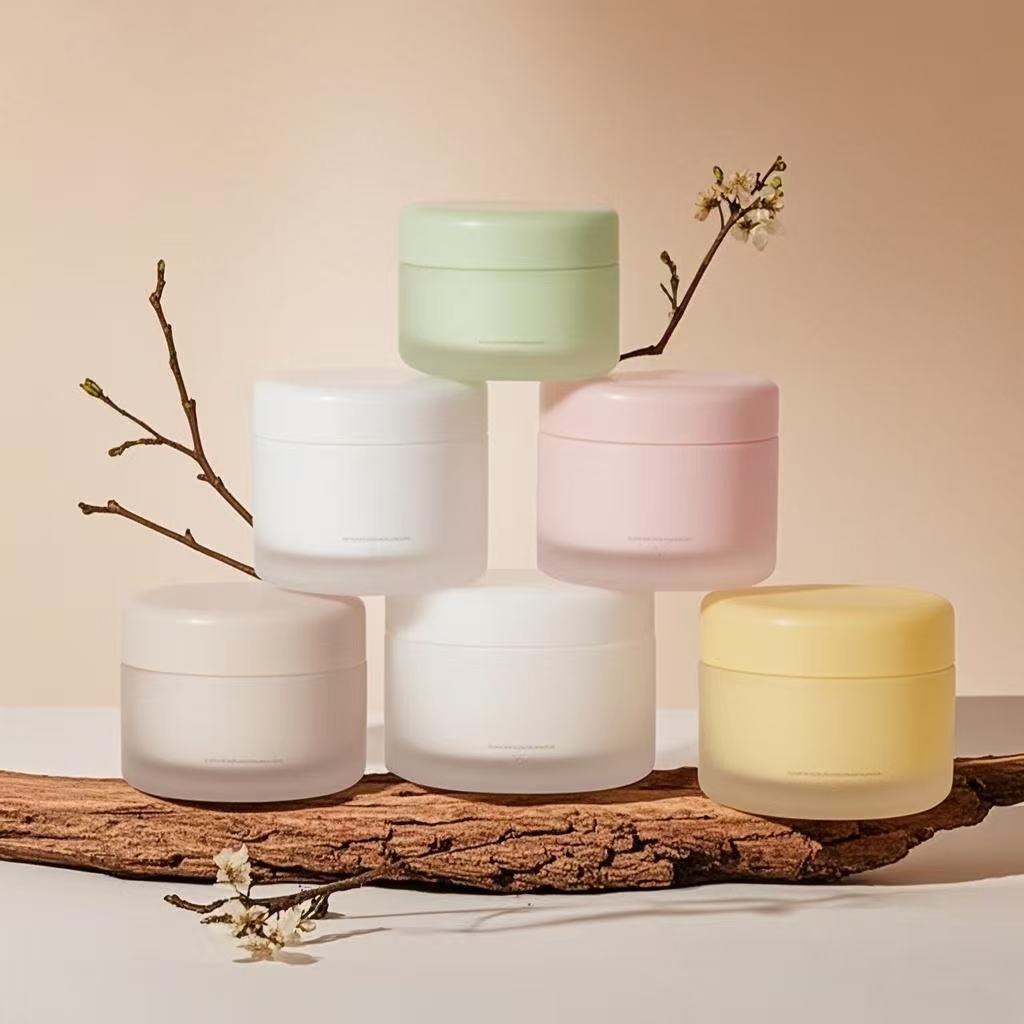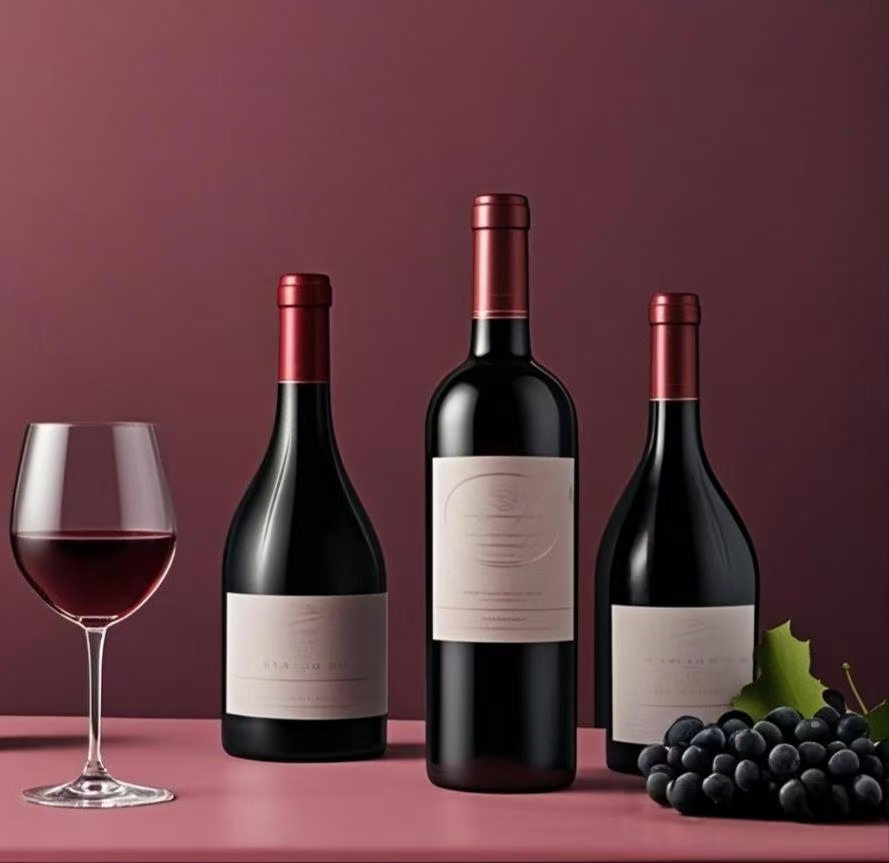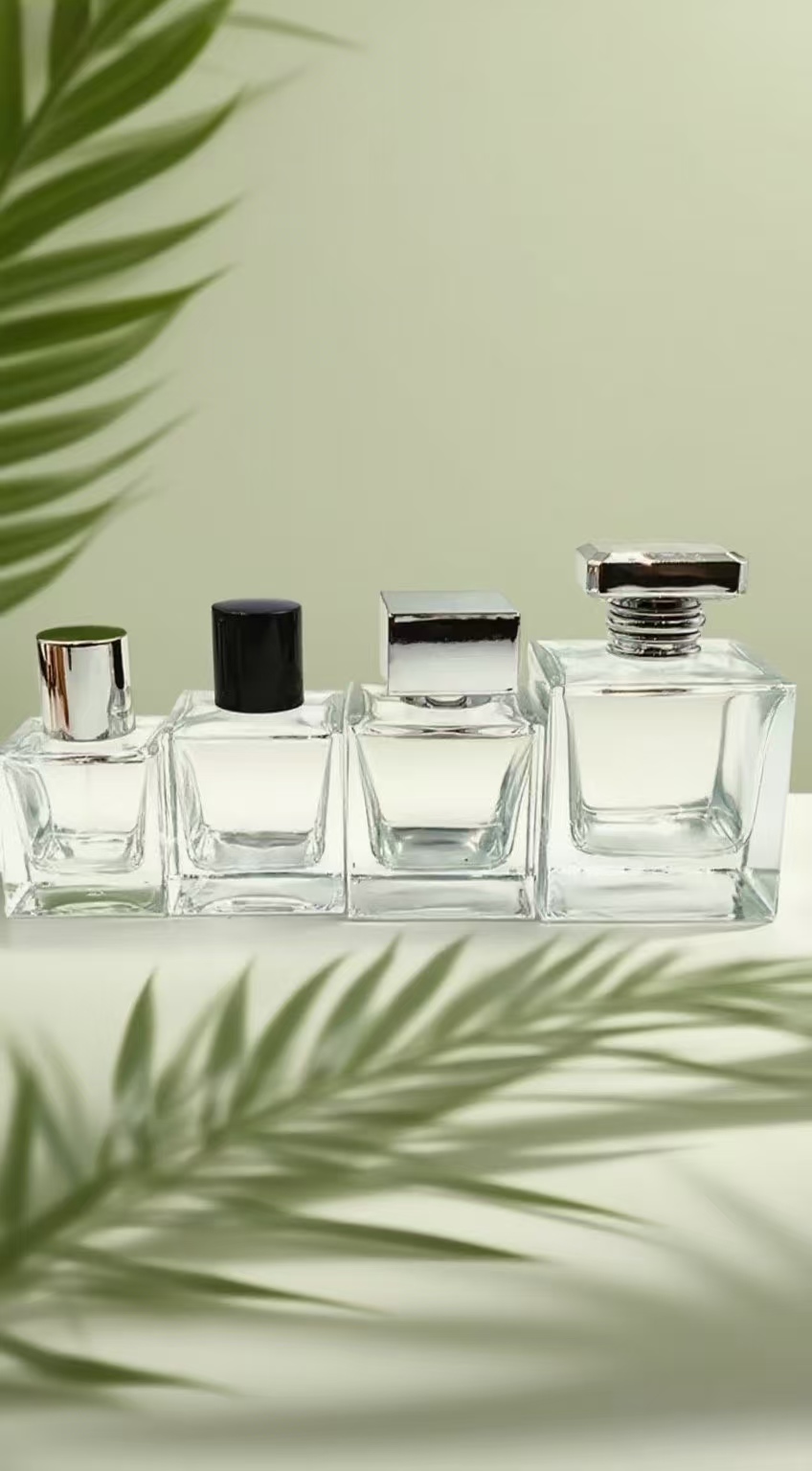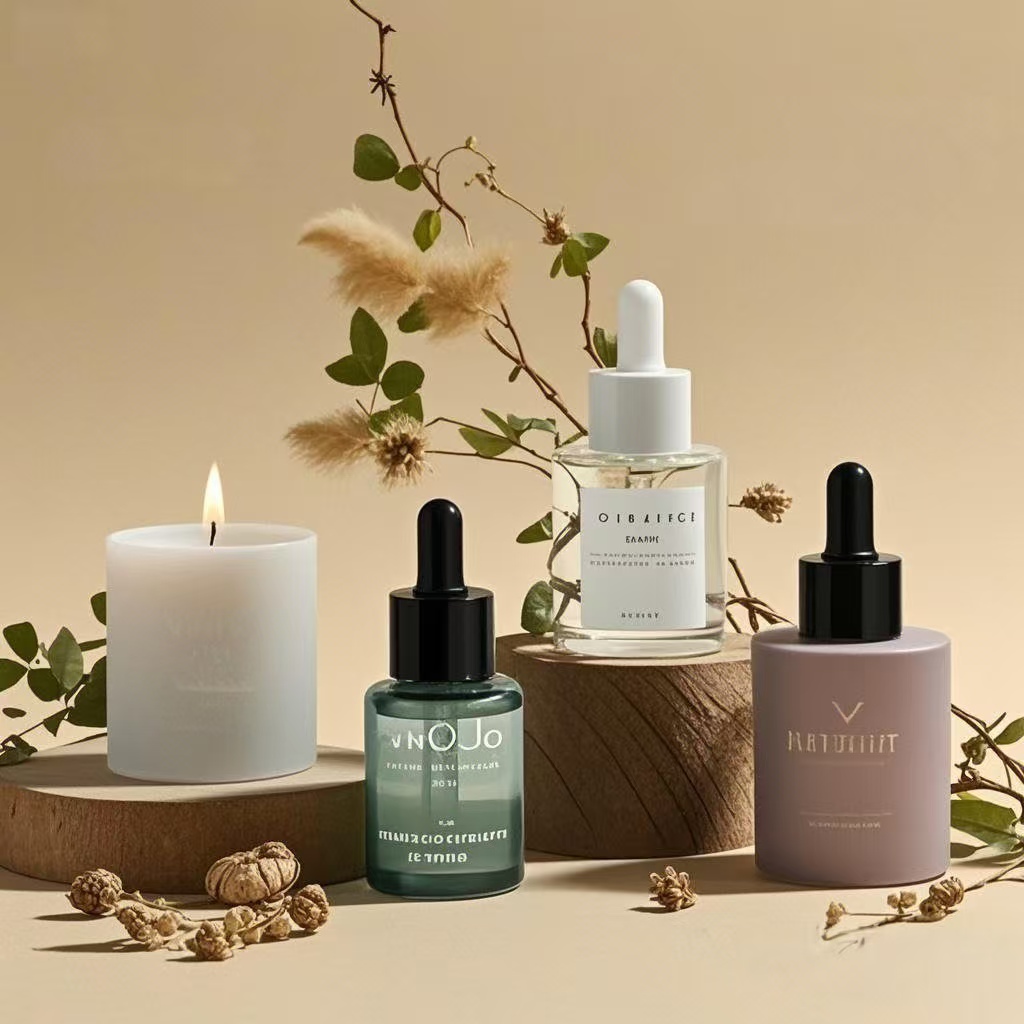Glass beverage bottles have long been a preferred packaging solution across multiple industries, including food and beverage, cosmetics, and pharmaceuticals. Their unique properties—such as chemical inertness, recyclability, and aesthetic appeal—make them indispensable in preserving product quality and enhancing brand image. At Paupacking, we specialize in manufacturing premium-quality wholesaleGlass Beverage Bottlesthat meet stringent quality standards and offer versatile design options tailored to diverse market needs.
This comprehensive article delves deeply into the entire lifecycle of glass beverage bottles, covering raw material selection, manufacturing processes, bottle types, customization possibilities, market trends, sustainability, and logistics. Each section is elaborated extensively to provide a thorough understanding for businesses aiming to optimize their beverage packaging with Paupacking’s expertise.
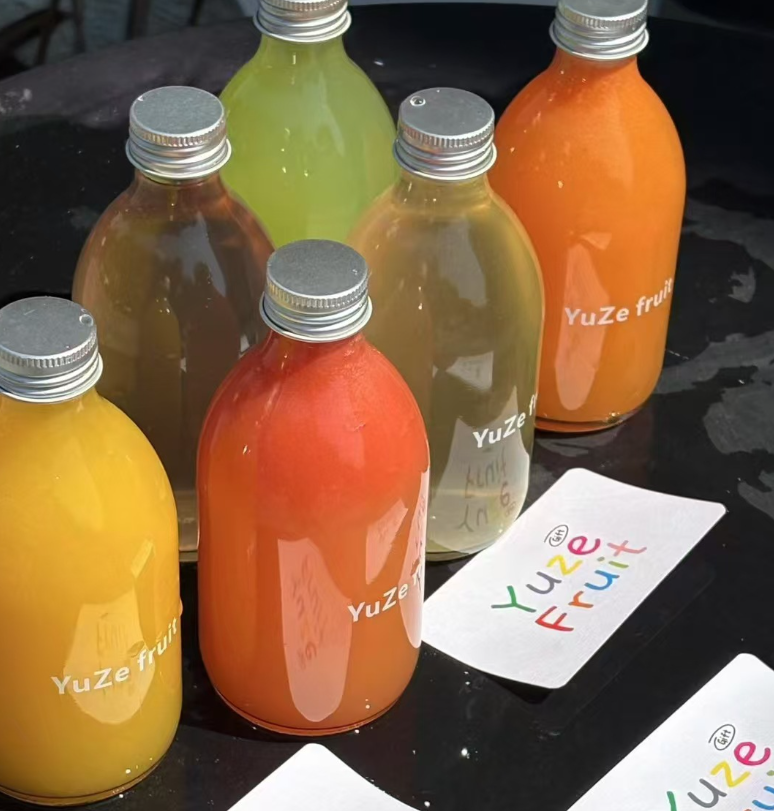

1. Introduction to Glass Beverage Bottles
Glass beverage bottles are more than mere containers; they are essential for preserving the integrity, flavor, and freshness of beverages. Their transparency allows consumers to appreciate the color and clarity of the product, which is particularly important for juices, mineral waters, craft sodas, and alcoholic beverages. The tactile experience of holding a glass bottle—its weight, smoothness, and temperature—also contributes significantly to consumer perception, often associated with premium quality and authenticity.
Expanded Importance of Glass Bottles in Branding and Consumer Experience
In addition to their functional benefits, glass beverage bottles serve as powerful marketing tools. The design and finish of a bottle can communicate a brand’s values, heritage, and quality standards. For example, a sleek, minimalist bottle may appeal to health-conscious millennials, while a classic, embossed bottle might resonate with consumers valuing tradition and craftsmanship.
Furthermore, glass bottles are often reused or repurposed by consumers, extending brand visibility beyond the point of sale. This longevity enhances brand loyalty and reinforces environmental responsibility, which is increasingly valued by modern consumers.
Paupacking’sGlass Beverage Bottlesare designed to meet these multifaceted demands, combining durability, elegance, and sustainability.
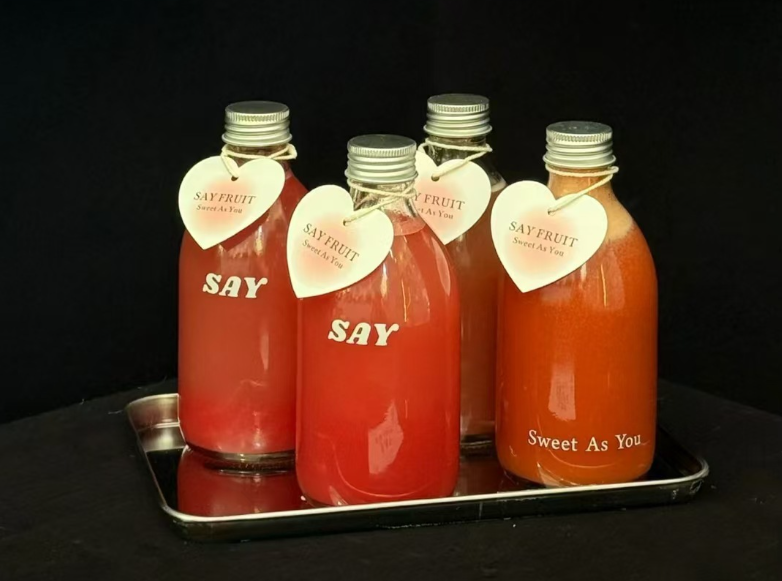

2. Raw Materials for Glass Beverage Bottles
The foundation of high-quality glass beverage bottles lies in the careful selection and preparation of raw materials. The primary ingredients include:
-
Silica Sand (Silicon Dioxide):The main structural component, providing clarity and strength.
-
Soda Ash (Sodium Carbonate):Acts as a flux to lower the melting temperature of silica.
-
Limestone (Calcium Carbonate):Adds chemical durability and hardness.
-
Aluminum Oxide:Enhances scratch resistance and mechanical strength.
-
Recycled Glass (Cullet):Incorporates recycled glass to reduce raw material use and energy consumption.
-
Colorants:Trace metals such as iron, cobalt, selenium, and chromium create colored glass variants like amber, green, or blue, which protect contents from UV light and add aesthetic appeal.
In-Depth Role of Raw Materials
Each raw material plays a critical role in determining the final properties of the glass. High-purity silica sand ensures transparency and structural integrity. Soda ash and limestone optimize melting behavior and durability. Aluminum oxide provides resistance to surface damage, essential for bottles subjected to handling and transport. The integration of cullet not only supports environmental sustainability but also reduces production costs and furnace wear.
Colorants serve both functional and marketing purposes. Amber glass, for example, protects light-sensitive beverages like beer and certain juices from UV degradation, while green and blue glasses are often used for premium or specialty products, enhancing shelf appeal.
Paupacking’s rigorous raw material sourcing and blending processes ensure that every batch of glass achieves optimal quality, clarity, and safety.
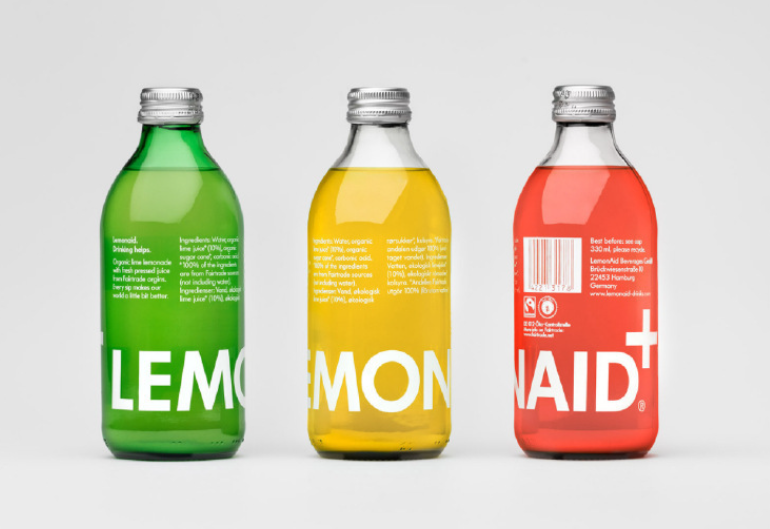

3. Batch Preparation and Mixing
Batch preparation involves precise weighing and mixing of raw materials to create a homogeneous mixture called the batch. This step is crucial for ensuring consistent glass quality and performance.
Detailed Batch Preparation Process
Modern batching systems utilize automated weighing and mixing equipment to maintain exact proportions of each ingredient. This precision minimizes variability in the molten glass, which directly impacts the uniformity of bottle thickness, color, and strength.
Paupacking employs advanced batching technology that integrates real-time monitoring and quality checks, ensuring that each batch meets stringent specifications before entering the melting furnace.
4. Melting Process
The prepared batch is fed into a furnace and heated to temperatures ranging between 1,400°C and 1,600°C. At these temperatures, the raw materials melt and chemically react to form molten glass.
Elaborated Melting and Refining
The molten glass must be free of bubbles, unmelted particles, and other impurities to ensure clarity and structural integrity. The refining process within the furnace allows trapped gases to escape, resulting in a homogeneous, bubble-free melt.
Paupacking’s furnaces are equipped with state-of-the-art temperature control systems and advanced refractory linings to optimize energy efficiency and maintain consistent glass quality.
5. Forming the Bottle
Once the molten glass reaches the appropriate viscosity, it is gathered into precise amounts called gobs, which are then shaped into bottles using automated forming machines.
5.1 Blow-and-Blow Method
This method is commonly used for narrow-necked bottles such as beverage containers:
-
A gob of molten glass is dropped into a blank mold.
-
Compressed air inflates the glass into a preliminary shape called a parison.
-
The parison is transferred to a final mold and blown again to form the bottle’s final shape.
5.2 Press-and-Blow Method
Used for bottles with wider mouths such as jars:
-
The gob is pressed into a blank mold using a plunger to form the parison.
-
The parison is then blown into the final mold shape.
Detailed Forming Insights
The choice between blow-and-blow and press-and-blow depends on the bottle’s design requirements. Blow-and-blow allows for more intricate neck designs, while press-and-blow provides better control over wall thickness and is suitable for wide-mouth bottles.
Paupacking’s forming machines incorporate robotics and precision controls to produce complex shapes with minimal defects, ensuring uniformity in weight, thickness, and dimensions.
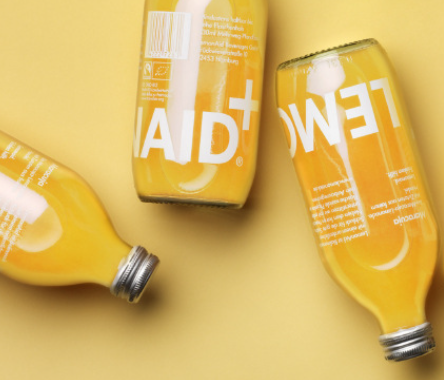

6. Annealing: Strengthening the Glass
After forming, bottles are gradually cooled in an annealing lehr to relieve internal stresses caused by uneven cooling, which could otherwise lead to cracking or breakage.
Expanded Annealing Process
The annealing process can last several hours, during which the temperature is carefully controlled to allow the glass molecules to stabilize. Proper annealing enhances the mechanical strength, thermal shock resistance, and overall durability of the bottles.
Paupacking’s annealing ovens use advanced temperature sensors and feedback systems to maintain precise cooling profiles tailored to each bottle design.
7. Inspection and Quality Control
Quality assurance is integral to every stage of production:
-
Visual Inspection:Automated cameras and skilled inspectors check for surface defects such as bubbles, cracks, or inclusions.
-
Dimensional Measurement:Laser and mechanical gauges ensure bottles meet exact size and weight specifications.
-
Mechanical Testing:Bottles undergo pressure, impact, and drop tests to verify durability.
-
Leak Testing:Ensures airtightness when combined with closures.
Advanced Quality Control Measures
Paupacking employs cutting-edge inspection technologies including 3D scanning and X-ray imaging to detect micro-defects. This multi-tiered approach minimizes waste and guarantees that only bottles meeting the highest standards reach customers.
8. Decoration and Finishing
Bottles are decorated and finished to enhance brand identity and consumer appeal:
-
Surface Treatments:Frosting, coating, or etching add texture and visual interest.
-
Printing:Screen printing, hot stamping, and digital printing allow for vibrant logos and designs.
-
Labeling:Application of adhesive or shrink labels.
-
Assembly:Fitting of caps, closures, or sprayers.
Customization in Decoration
Paupacking offers bespoke decoration services, enabling brands to incorporate complex graphics, metallic foils, or tactile embossing. These finishing touches transform bottles into unique brand ambassadors.
9. Packaging and Shipping
Finished bottles are packaged using protective materials to prevent damage during transport. Packaging solutions are customized to client specifications, including eco-friendly options.
Sustainable Packaging Innovations
Paupacking integrates biodegradable fillers, recycled cardboard, and modular packaging designs that reduce waste and shipping volume, aligning with global sustainability goals.
10. Innovations in Glass Bottle Manufacturing
Modern manufacturing incorporates technological advancements to improve quality, efficiency, and sustainability:
-
Energy-Efficient Furnaces:Reduce fuel consumption and emissions.
-
Automated Forming Machines:Enhance precision and reduce waste.
-
Recycled Glass Integration:Minimizes environmental impact.
-
Smart Packaging:Integration of QR codes or NFC for consumer engagement.
Future Technologies
Emerging trends include 3D-printed molds for rapid prototyping, antimicrobial coatings, and digital twins for predictive maintenance. Paupacking actively invests in these innovations to maintain industry leadership.
11. Applications of Glass Bottles
Paupacking’s glass bottles serve diverse markets:
-
Food & Beverage:Juices, milk, sauces, alcoholic beverages.
-
Cosmetics & Skincare:Serums, oils, lotions.
-
Pharmaceuticals:Medicines and supplements.
-
Aromatherapy:Essential oils and diffusers.
Our versatile bottles meet specific industry demands.
12. Environmental Benefits of Glass Bottles
Glass is a sustainable packaging material:
-
100% Recyclable:Can be recycled indefinitely without quality loss.
-
Reusable:Suitable for refillable packaging models.
-
Non-Toxic:Free from harmful chemicals like BPA.
-
Reduced Carbon Footprint:Use of cullet lowers energy consumption.
Paupacking prioritizes eco-friendly production and packaging.
13. Choosing the Right Glass Bottle Manufacturer
Selecting a manufacturer involves evaluating:
-
Quality and Consistency:Proven manufacturing standards.
-
Customization Capabilities:Ability to produce unique designs.
-
Sustainability Practices:Commitment to green manufacturing.
-
Customer Support:Responsive and knowledgeable service
-
Production Capacity:Ability to meet order volumes and deadlines.
Paupacking excels in all these areas, making us a preferred partner forGlass Bottles.
Table: Glass Bottle Manufacturing Process Overview
| Step | Description | Key Considerations |
|---|---|---|
| Raw Material Prep | Weighing and mixing silica, soda ash, limestone, cullet | Consistency and purity |
| Melting | Heating batch to molten glass at 1400-1600°C | Temperature control, impurity removal |
| Forming | Blow-and-blow or press-and-blow shaping | Precision, uniformity |
| Annealing | Controlled cooling to relieve stress | Avoid cracks, improve durability |
| Inspection | Visual, dimensional, and pressure testing | Quality assurance |
| Decoration & Finishing | Printing, coating, labeling, assembly | Branding and functionality |
| Packaging & Shipping | Protective packaging and logistics | Damage prevention, timely delivery |
14. Why Paupacking?
Paupacking offers:
-
Premium-qualityGlass Bottleswith excellent clarity and strength.
-
Extensive customization options.
-
Sustainable manufacturing practices.
-
Reliable global logistics.
-
Expert customer support.
Partner with Paupacking to bring your glass bottle packaging vision to life.
Explore Paupacking’s full range ofGlass Bottlestoday and experience the perfect blend of tradition, innovation, and sustainability in glass manufacturing.




